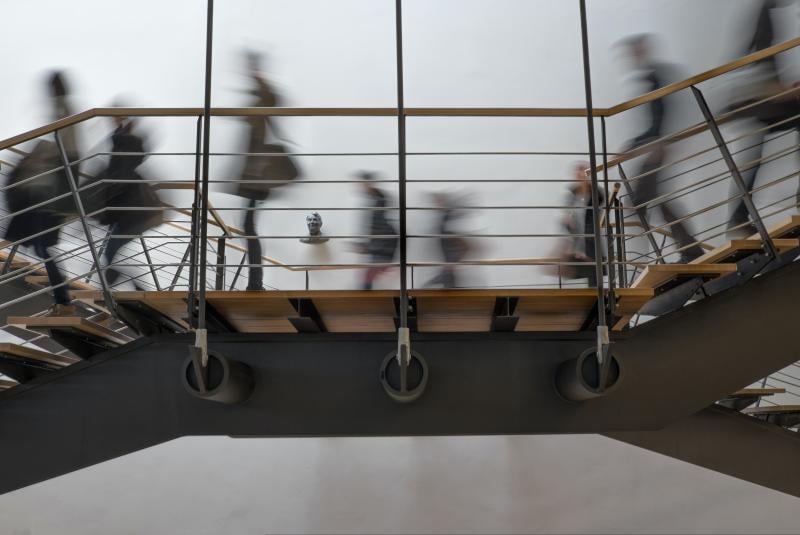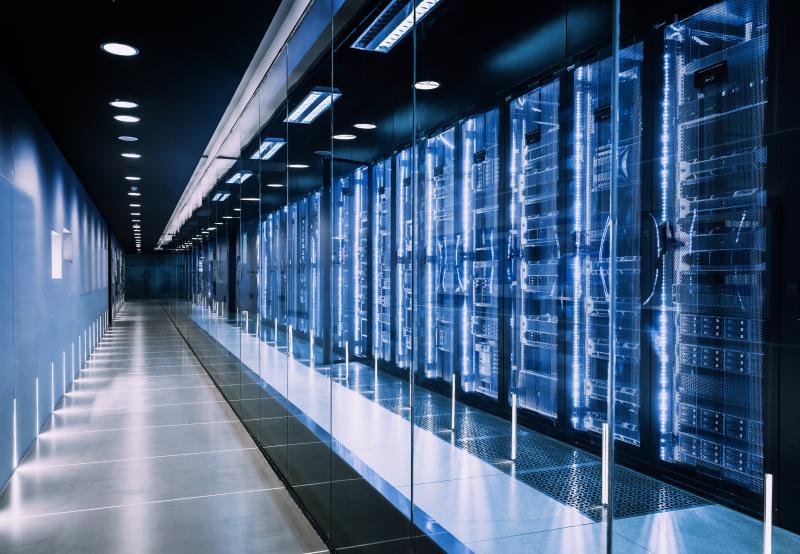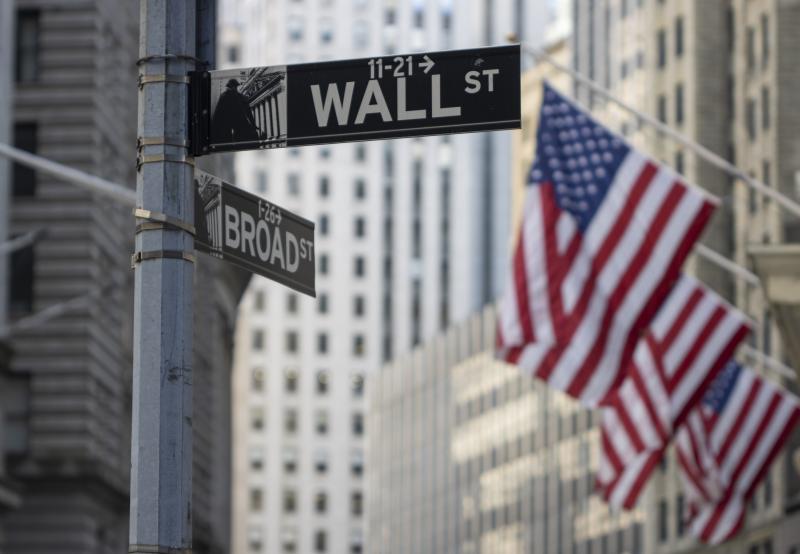
When one shooting leads to another research shows the media coverage causes that contagion effect.
To help understanding the latest data and research on this effect induced by media coverage and in partnership with ASIS International, David Paulos, AVP of our mid-Atlantic region, has organized a webinar with Katherine Schweit, an attorney, security consultant, and retired FBI special agent, about the contagion effect in mass shootings.
How does the media influence the increase in mass shootings?
With one mass shooting occurring every 12.5 days or so, mass shootings are a specific problem in the United States.
There has recently been talk of a contagion effect, whereby one mass shooting raises the possibility of another one taking place soon. Contagion is a useful metaphor for describing how a behaviour spreads over time, but it does not explain how it spreads.
As Katherine Schweit explained at the start of the webinar, mass murderers rarely copy incidents they directly witnessed when they imitate other mass murderers. All information that could serve as a guide for imitation behaviour was provided via multiple media sources in each instance when the event was unobserved, and studies have shown that media can affect imitation. People frequently mimic the behaviours they see in the media, and the portrayal does not appear to have much of an impact. It doesn't matter how the model is presented—live on the screen, in a movie, or even just by being described—Imitation can still happen.
“It is important that we define as a society how much coverage is too much coverage and how as organizations, we can impact it. Media bring killers to the status of a superstar and end up impacting the decision of potential killers,” explains Schweit.
How can we control the message to reduce mass shootings?
Considering this information, the logical solution for many is to stop covering such events. However, this decision remains delicate and equally problematic.
“Damn if you do and damn if you don’t. Coverage fuel contagion and no coverage fuel anger and conspiracy theories” adds Schweit.
One recommendation offered by several experts in the industry is to launch efforts to prevent media-spurred imitative mass shootings. These campaigns should discourage naming and shaming of those responsible for such tragedies, discourage sensationalism, and refrain from airing shooter statements.
There are additional measures, outlined by studies on generalized imitations that media outlets may employ to further limit mutational mass shootings. To portray the shooter's actions negatively can be one tactic.
Discussions about the shooter's behaviour may paint them as dishonourable or cowardly. It has been demonstrated that the chance of imitation is reduced when observed behaviour is linked to punishment. Making the shooter's actions appear to humiliate could reduce any perceived rewards for the behaviour, as emotional reactions like shame are typically not linked to successful outcomes.
“One thing that is certain is that the media must stop glamorizing the actions of shooters and help them achieve superstar status,” concludes Schweit.
You missed the webinar? You can still watch it here.








